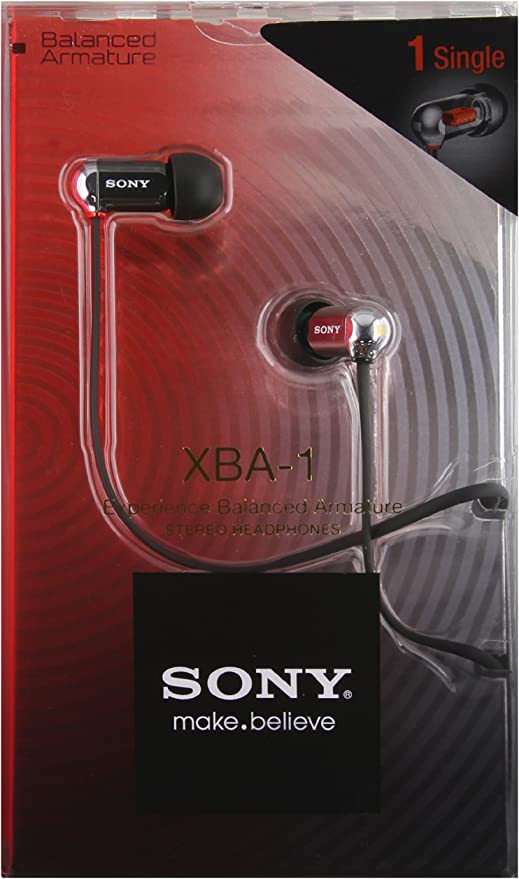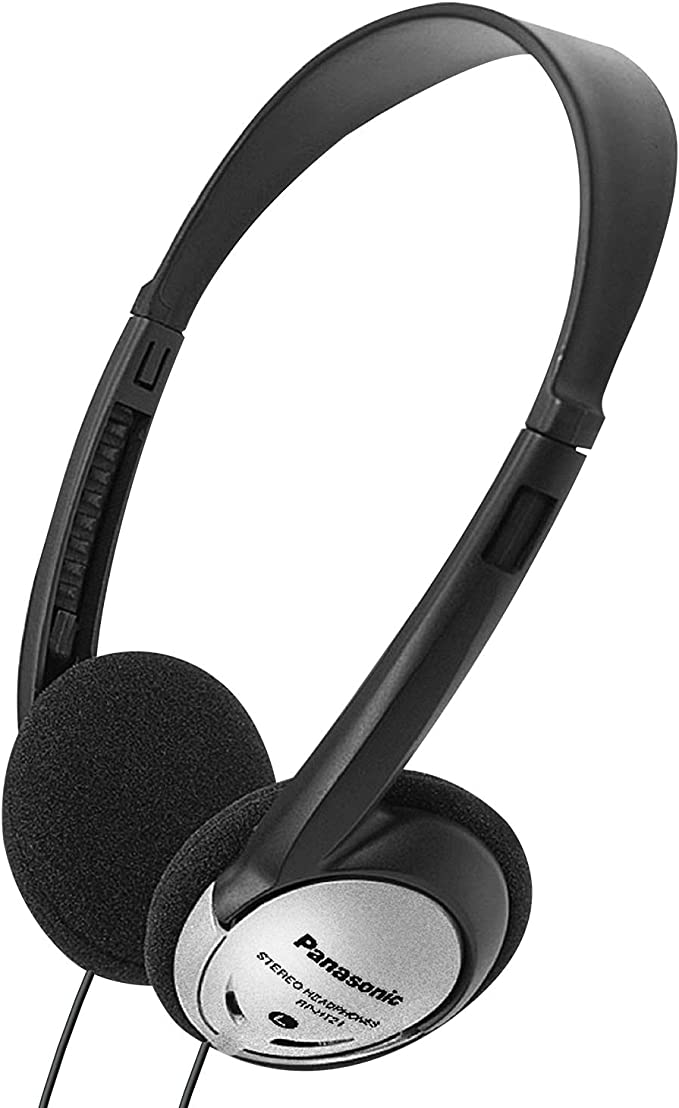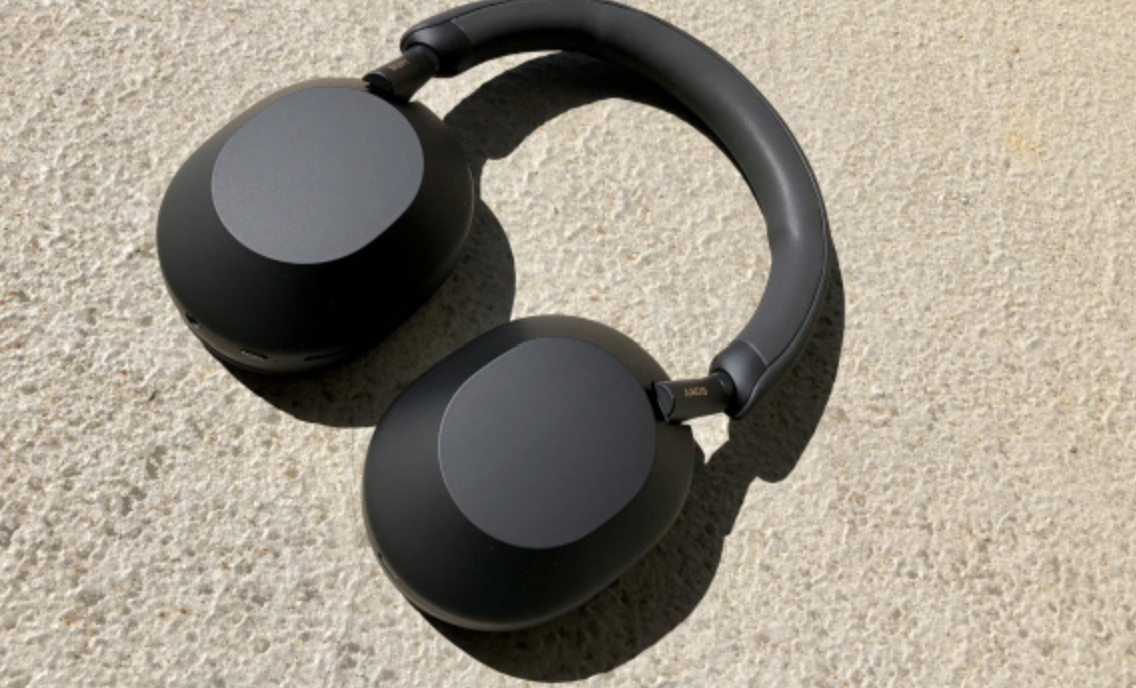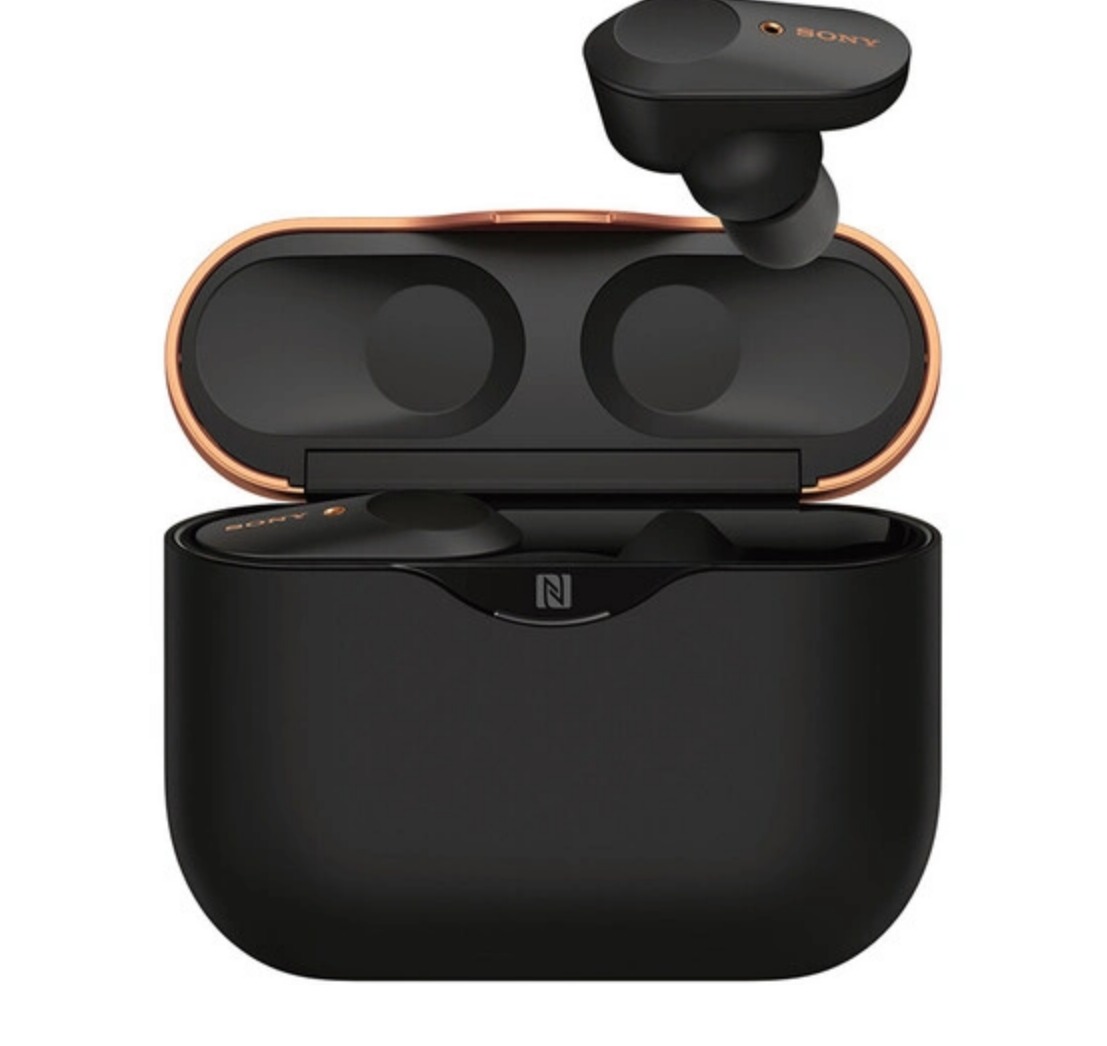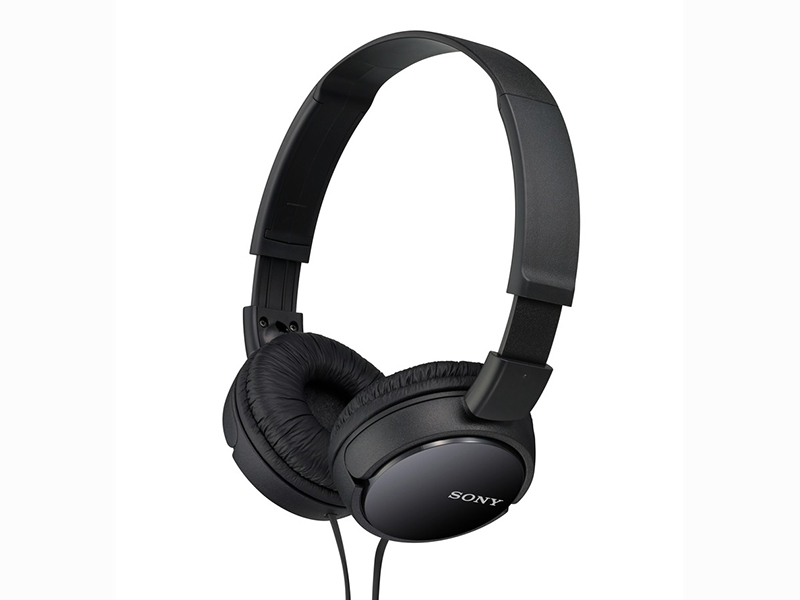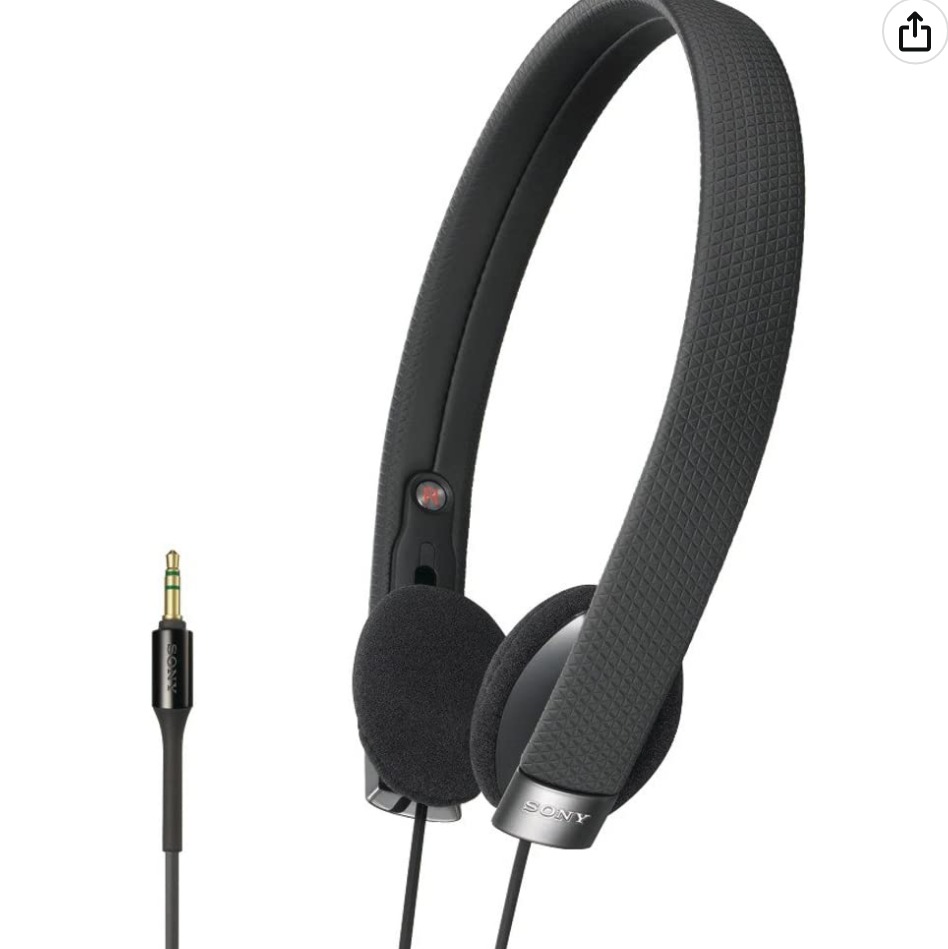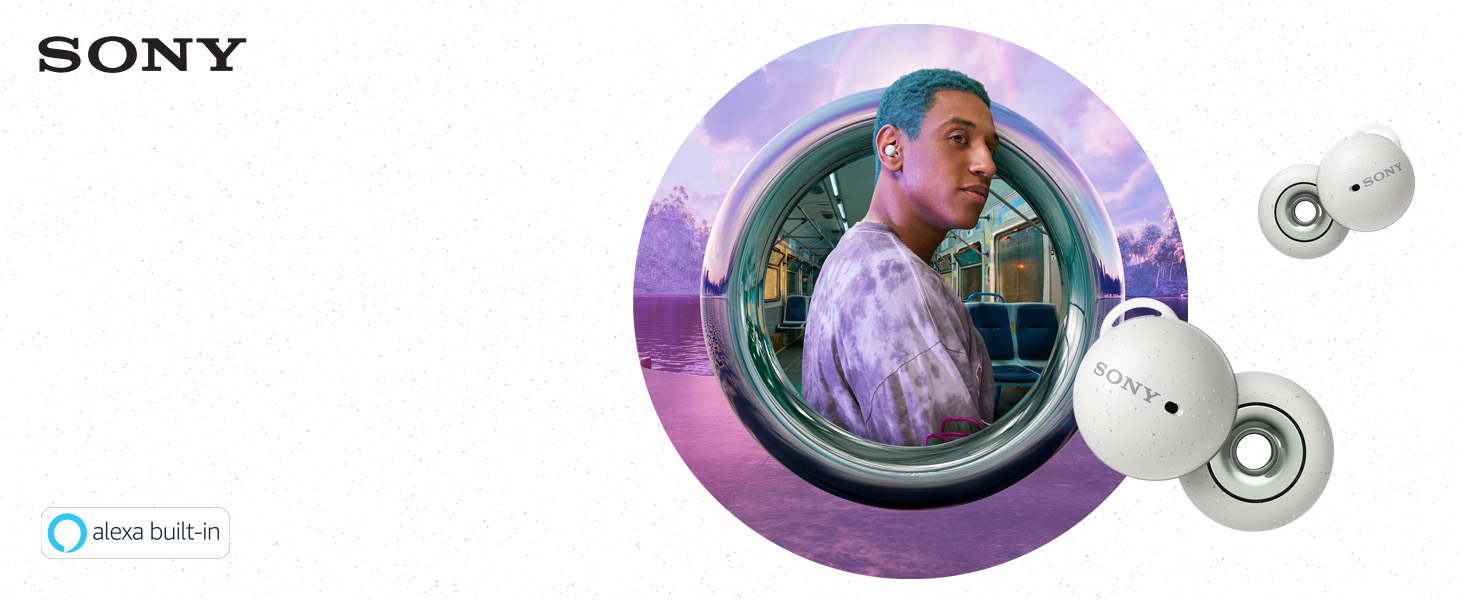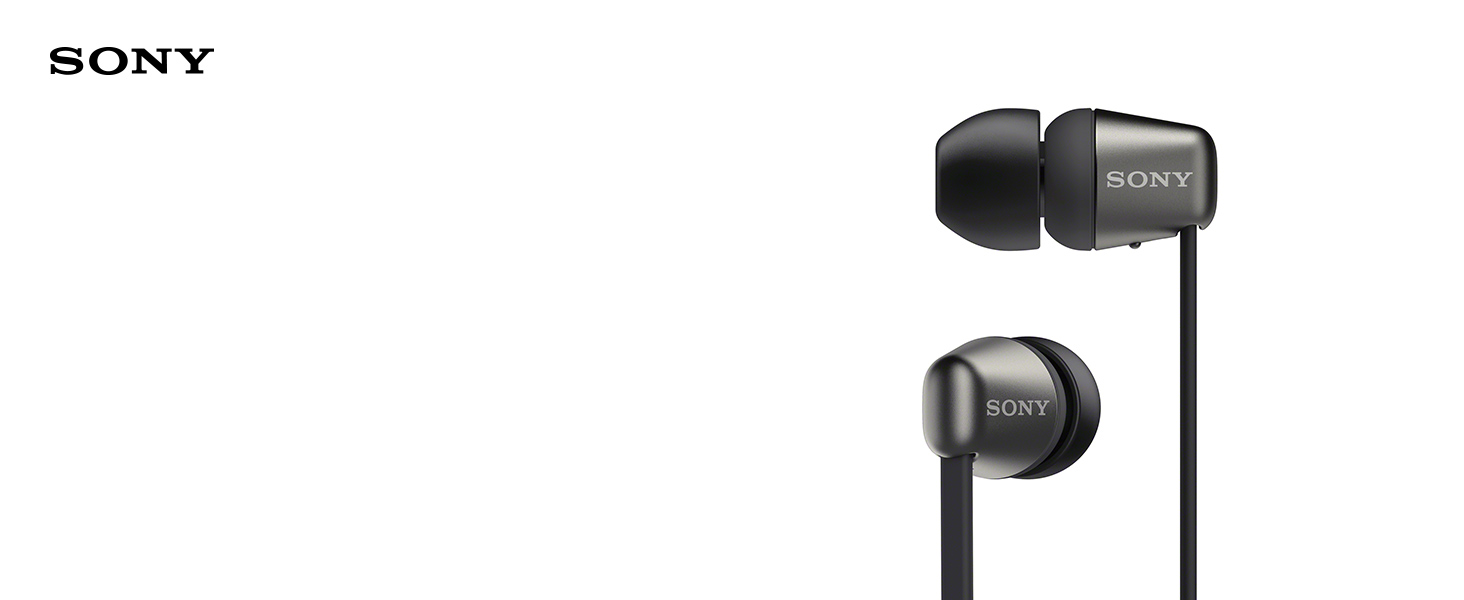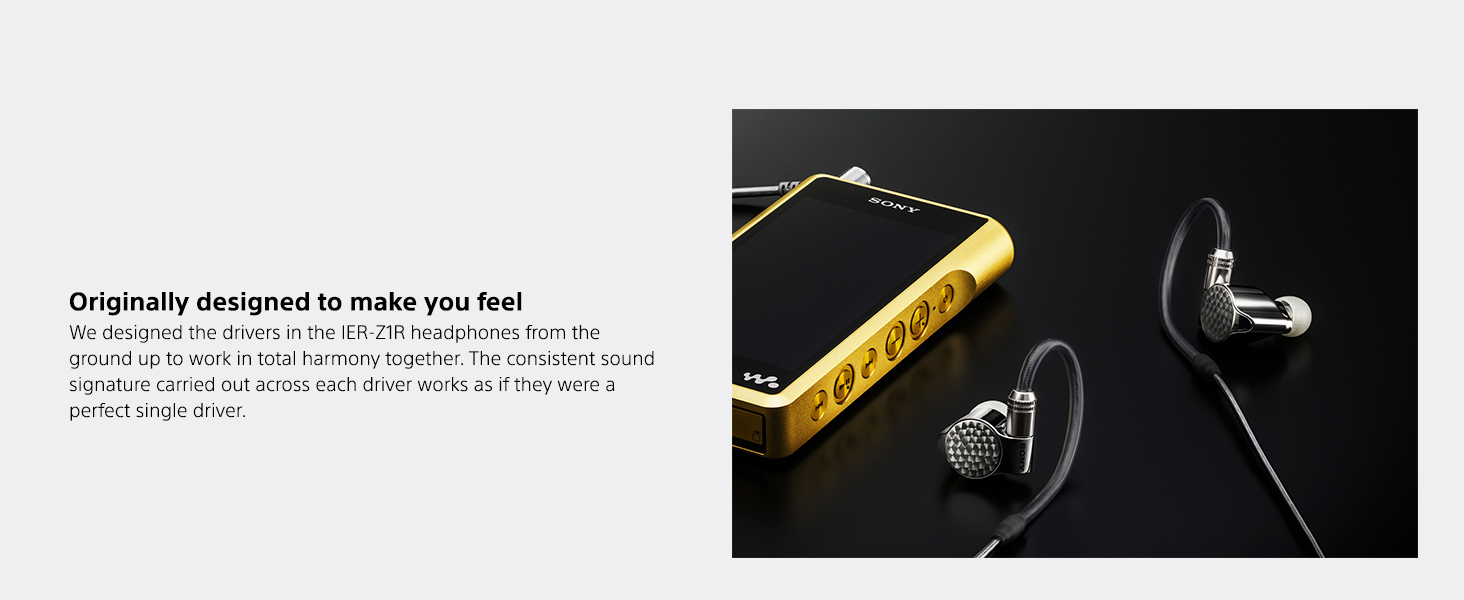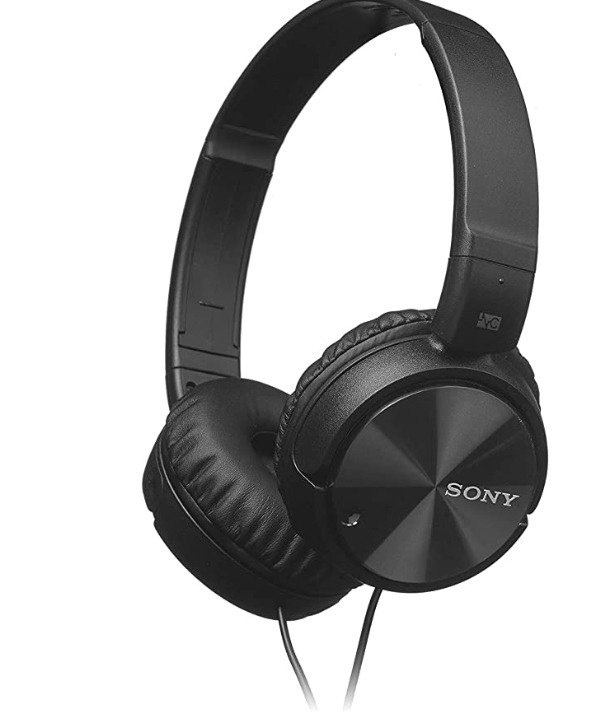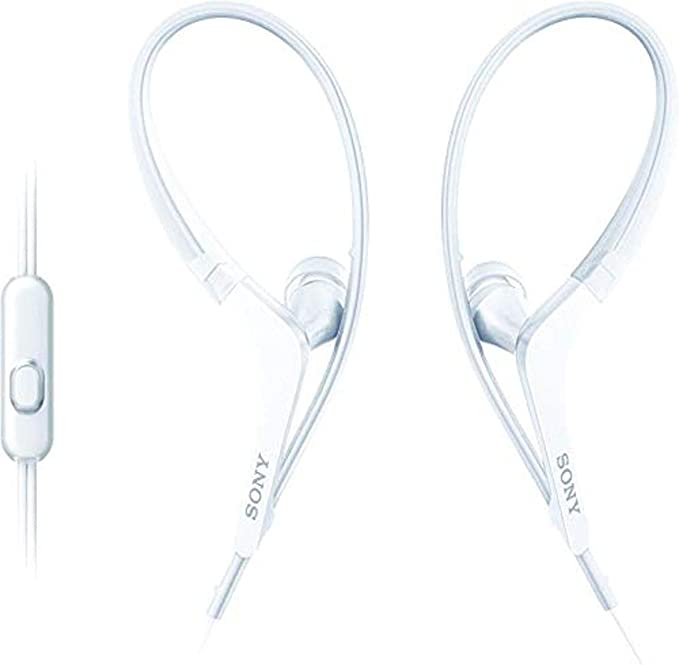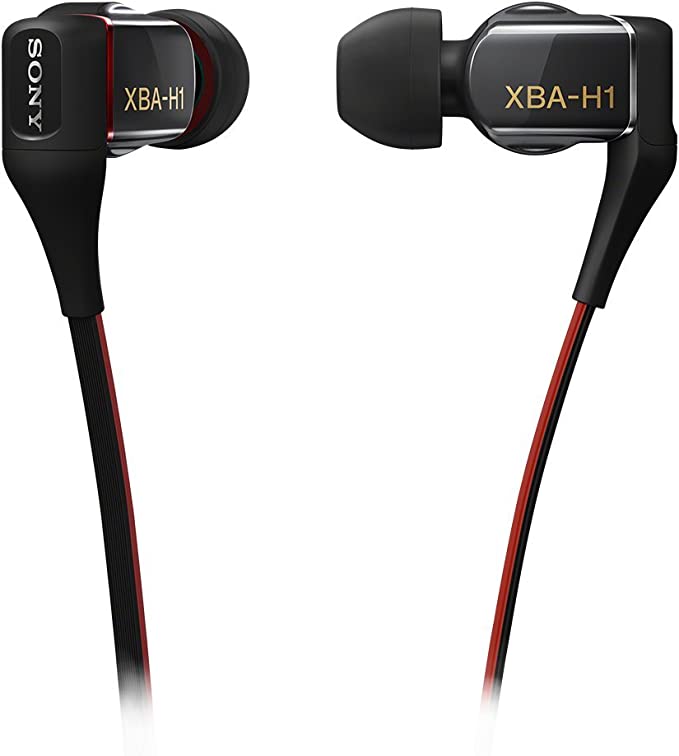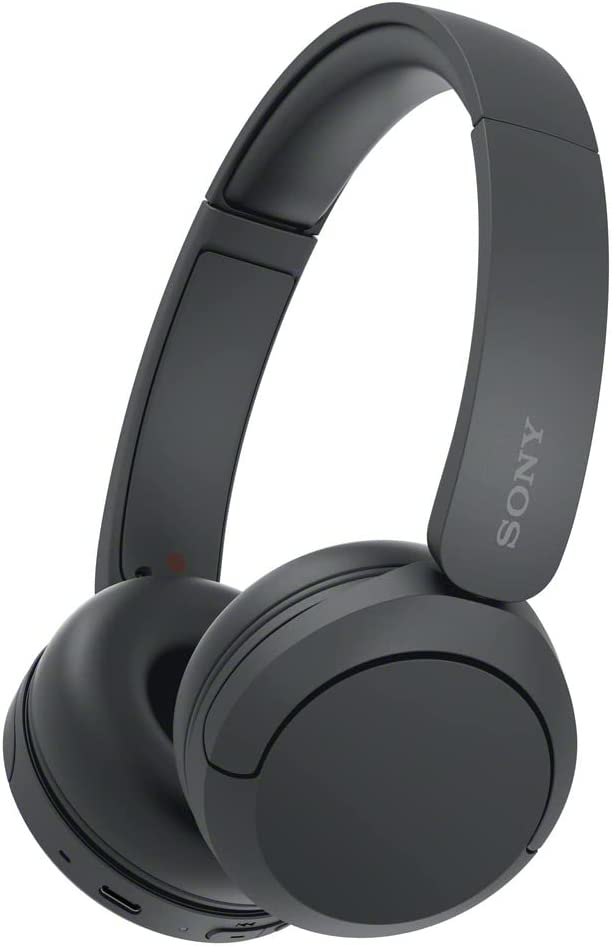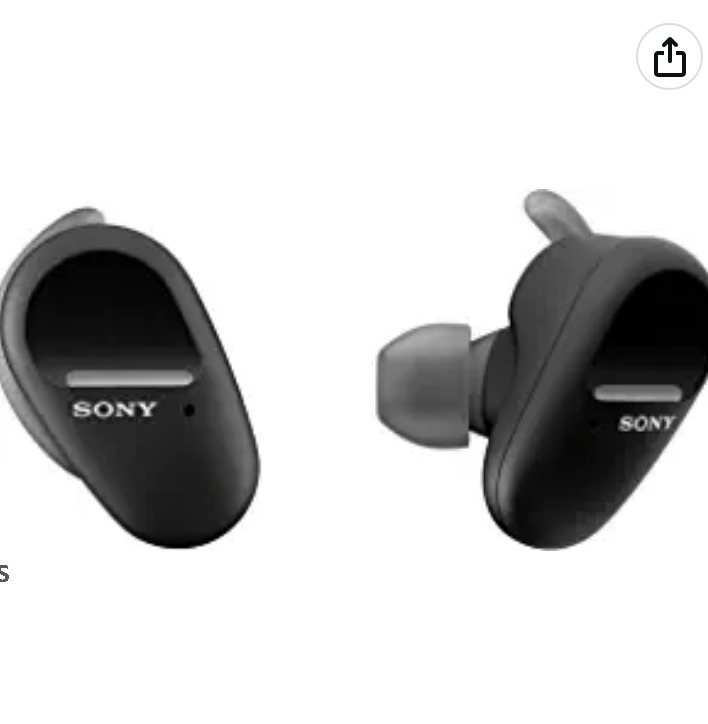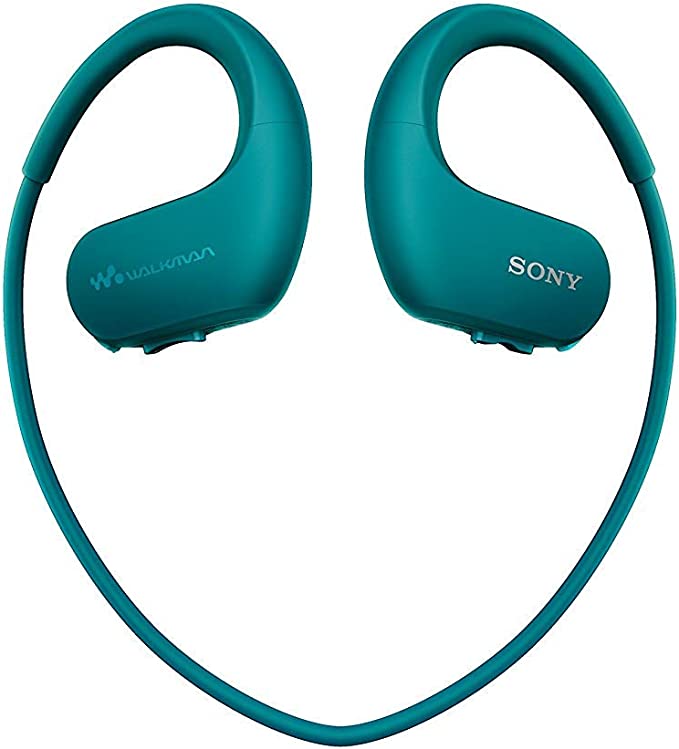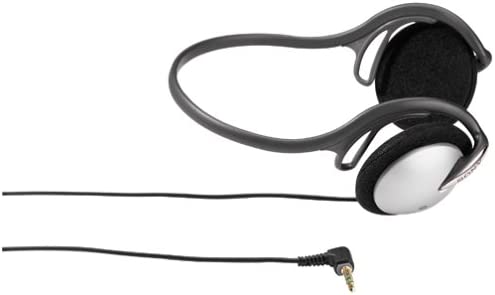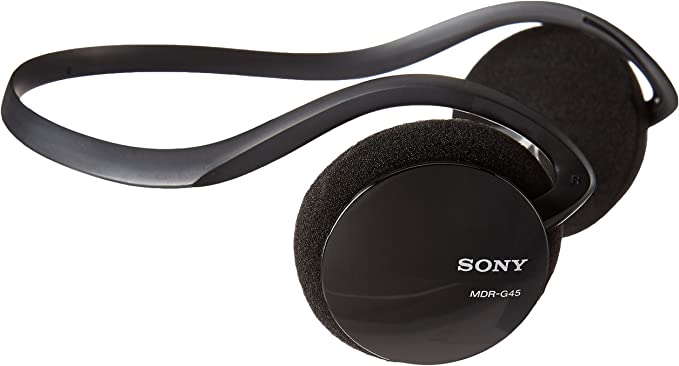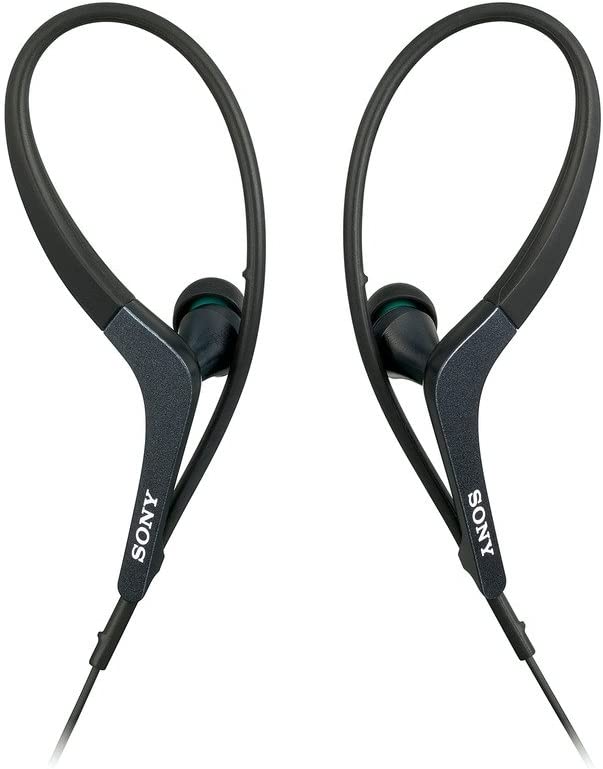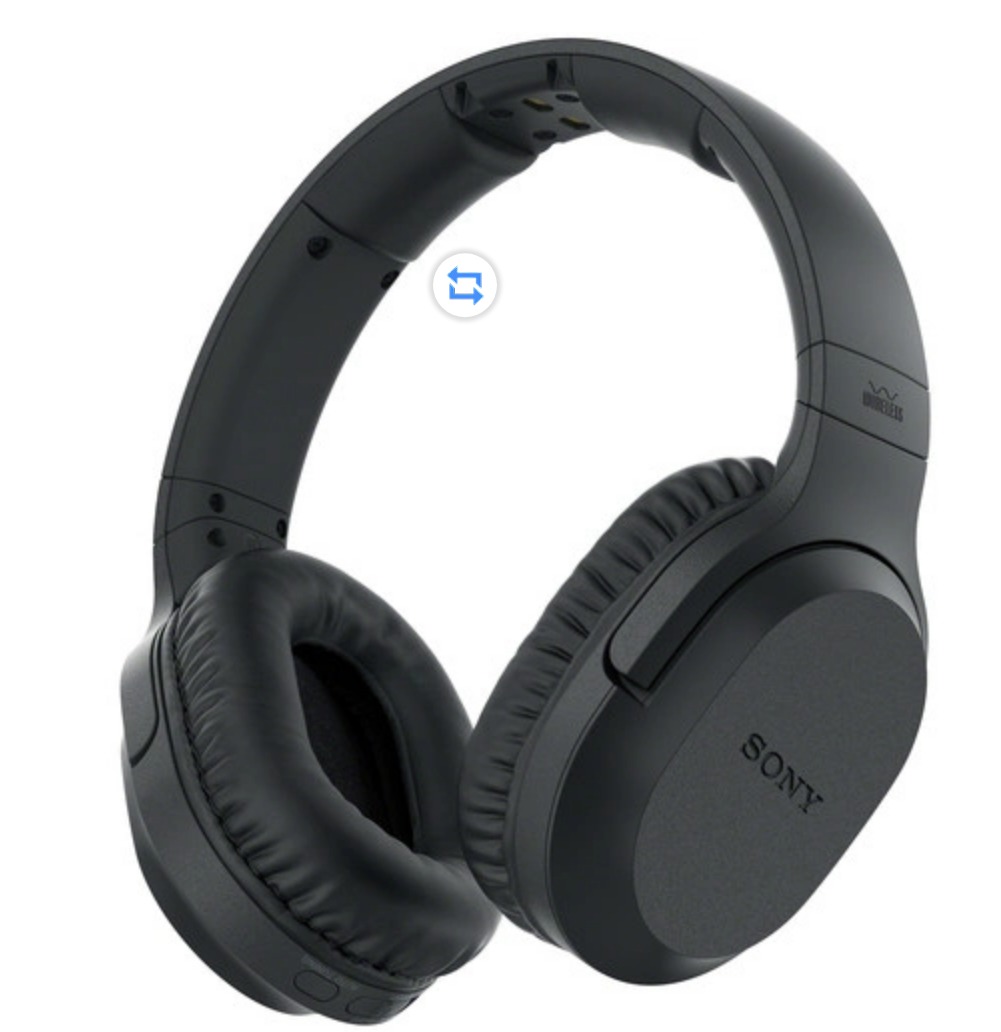Sony MDR-ZX110 Stereo Headphones: The Science Behind Clear, Affordable Audio On-the-Go
Update on April 26, 2025, 4:26 a.m.
We live immersed in a world of sound, yet the technology that captures, carries, and recreates it often remains a mystery. We slip on a pair of headphones, press play, and are instantly transported – but how does that magic actually happen? What intricate dance of physics and engineering unfolds within those seemingly simple devices resting on our ears?
Let’s embark on a journey of discovery, using a widely accessible piece of technology, the Sony MDR-ZX110 Stereo Headphones, as our guide. We won’t treat this as a typical review focused on subjective superlatives. Instead, we’ll delve into the science behind its features, exploring the fundamental principles that allow it, and indeed any headphone, to translate electrical signals back into the rich tapestry of music and voice. Our exploration will rely on publicly available product descriptions for specifications, focusing less on absolute performance claims and more on understanding the meaning and purpose behind the design choices. Consider this a peek under the hood of everyday audio engineering.
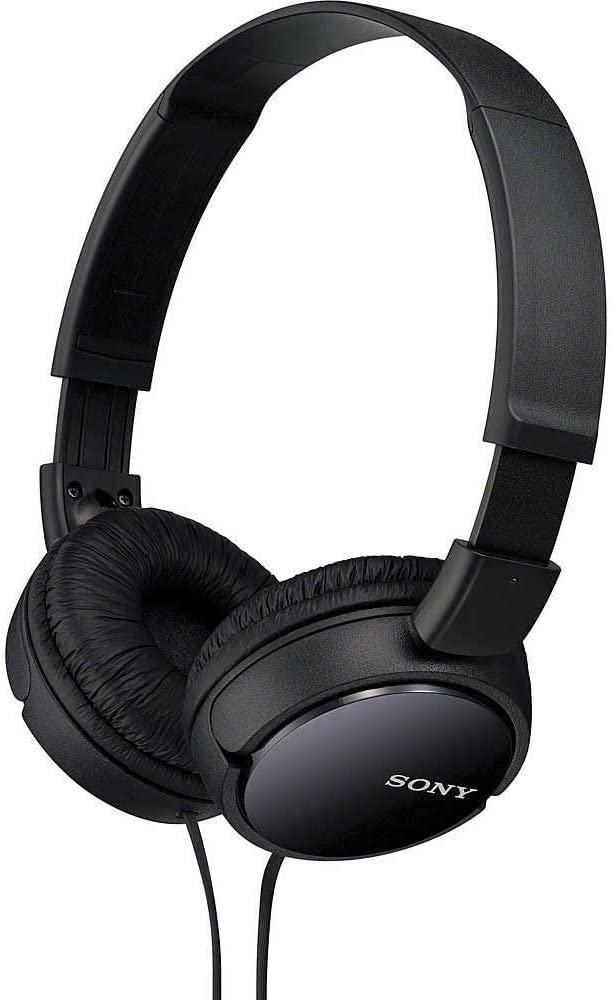
The Heartbeat: Inside the 30mm Dynamic Driver - Where Electricity Becomes Airwaves
At the very core of the MDR-ZX110’s ability to produce sound lies its 30mm dynamic driver. Think of it as a miniature, precision loudspeaker engineered to work intimately with your ear. The term “dynamic” refers to its operating principle, which harnesses the fundamental force of electromagnetism.
Here’s the essence of how it works: An audio signal, essentially a fluctuating electrical current, flows through a lightweight coil of wire (the voice coil) that’s attached to a thin, cone-shaped membrane (the diaphragm). This coil assembly is suspended within a strong magnetic field, generated in this case by a Neodymium magnet. As the electrical current changes direction and intensity according to the audio signal, it interacts with the fixed magnetic field, causing the voice coil – and thus the diaphragm – to rapidly vibrate back and forth. These vibrations push and pull the air molecules adjacent to the diaphragm, creating pressure waves that travel to our eardrums, which our brain then interprets as sound.
Why Neodymium? This rare-earth material creates significantly stronger magnetic fields for its size and weight compared to older ferrite magnets. In headphone design, this translates to potential advantages: * Efficiency: A stronger magnetic field allows the driver to potentially produce more sound volume for the same amount of electrical power, making the headphones easier to “drive” even by smartphones or laptops without needing a powerful external amplifier. * Responsiveness: The potent magnetic force can allow for more precise control over the diaphragm’s movement, potentially leading to a quicker, more detailed response to the audio signal – contributing to what Sony’s description refers to as a “punchy, rhythmic response.”
The 30mm diameter of the driver is also a relevant factor. While driver size isn’t the sole determinant of sound quality, a larger surface area can, in theory, move more air, which is particularly relevant for reproducing low-frequency sounds (bass) effectively. However, the driver’s performance is intricately linked to the enclosure it sits in, the materials used, and the overall tuning – it’s a finely balanced system.
Painting the Sonic Canvas: Decoding the 12 Hz - 22 kHz Frequency Response
Sony specifies a frequency response range for the MDR-ZX110 of 12 Hz to 22 kHz. This specification describes the theoretical range of sound frequencies, from the lowest bass notes to the highest treble tones, that the headphones are designed to reproduce. Frequency is measured in Hertz (Hz), representing cycles per second – the higher the frequency, the higher the perceived pitch.
Let’s unpack this range: * 12 Hz (Low End): This figure dips below the commonly accepted lower limit of human hearing, which is around 20 Hz. Designing a driver to respond to such low frequencies suggests an ambition to reproduce deep, perhaps even subsonic, bass information. While our ability to distinctly “hear” such low frequencies varies, their presence can contribute to a physical sense of fullness, impact, or rumble in the sound. * 22 kHz (High End): This extends slightly beyond the typical upper limit of young, healthy human hearing (around 20 kHz, decreasing with age). Reaching this high suggests the drivers are engineered to handle very high-frequency details – the “airiness” in cymbals, the subtle harmonics in voices or string instruments. This capability aims to contribute to clarity and a sense of openness in the treble region.
Think of frequency response like the range of colors an artist has on their palette, or the span of keys on a piano. A wider range potentially allows for a more complete and detailed sonic picture. However, it’s crucial to understand that this specification, usually measured under laboratory conditions, indicates potential range, not necessarily the quality or smoothness of reproduction across that range. The actual listening experience is shaped by how evenly the headphones reproduce all frequencies within the range, the absence of harsh peaks or dips, and how the sound interacts with the listener’s unique ear anatomy. It shows the breadth of the sonic territory the engineers aimed to cover.
Crafting Your Personal Sound World: The Acoustic Logic of the Closed-Back Design
The MDR-ZX110 employs a closed-back acoustic design. This refers to the construction of the earcups – the part that houses the driver and sits over or around your ear. In a closed-back design, the rear exterior of the earcup is sealed off. This seemingly simple choice has profound implications for the sound and listening experience, particularly when contrasted with open-back designs which have perforations or grilles allowing air and sound to pass through freely.
The primary consequences of sealing the back are twofold:
-
Passive Noise Isolation: The solid earcup acts as a physical barrier, partially blocking external sounds from reaching your ears. This is known as passive noise isolation – it works simply by obstructing sound waves, unlike active noise cancellation which uses electronics to counteract ambient noise. This feature is particularly valuable in noisy environments like commutes, airplanes, or shared workspaces, allowing you to focus more on your audio and potentially listen at lower, safer volumes. The seal also works in reverse, significantly reducing the amount of sound that leaks out from the headphones, ensuring more privacy for the listener and less disturbance to those nearby.
-
Bass Perception and Sound Signature: Trapping air inside the earcup creates a sealed acoustic chamber around the driver and your ear. This contained volume of air influences how sound waves behave, particularly low frequencies. The reflections and pressure build-up within the chamber can often lead to a perceived enhancement of bass frequencies – a sense of punch, weight, or fullness in the low end. Sony’s description points to this when it mentions the design “maximizes the bass signatures in your music.” While beneficial for certain genres or listener preferences, this closed environment can sometimes, as a general characteristic of closed-back designs, result in a soundstage (the perceived sense of space and instrument placement) that feels more intimate or “in-the-head” compared to the often more expansive and airy presentation of open-back headphones. It’s an engineering trade-off, prioritizing isolation and bass impact.
Engineering for Humans: Comfort, Portability, and the Reliable Wire
Beyond the core acoustics, the MDR-ZX110 incorporates design features aimed at practical, everyday use. How well a headphone feels and travels is just as important as how it sounds for many users.
-
The Ergonomic Puzzle (On-Ear Fit): These are on-ear headphones, meaning the cushioned earpads rest directly on the outer ear (pinna). This design is typically more compact than over-ear models. The goal of the padding and the self-adjusting headband is to distribute pressure evenly and provide a secure yet comfortable fit for extended listening periods. However, comfort is highly subjective. Factors like head shape, ear sensitivity, and even wearing glasses can influence how comfortable any on-ear headphone feels, and some users may experience pressure or warmth after prolonged use – a common consideration with this form factor across all brands.
-
The Art of Folding (Portability): A standout practical feature is the swivel and folding mechanism. The earcups can rotate flat, and potentially fold inwards towards the headband (based on typical implementations of this description). This significantly reduces the headphones’ overall volume, making them much easier to slip into a bag, backpack, or suitcase without taking up excessive space or risking damage. This nod to portability acknowledges the mobile lifestyles of many users, making the headphones a convenient companion for travel, commuting, or simply tidying away when not in use.
-
Why Wire? The Enduring Case for Wired Connection: In an increasingly wireless world, the MDR-ZX110 sticks to a traditional 1.2-meter wired connection terminating in a standard 3.5mm plug. This choice offers distinct advantages:
- Signal Integrity: A direct physical connection generally ensures a stable, uncompressed audio signal without the potential latency or dropouts associated with some wireless technologies.
- No Battery Anxiety: Wired headphones draw power directly from the source device; they never need charging.
- Simplicity: Plug-and-play operation without pairing procedures.
The description also mentions a Y-type cable (splitting to feed both earcups) and suggests it resists snags and tangles, a small but appreciated touch aimed at reducing everyday frustrations.
The Bigger Picture: Synthesis, Value, and the Engineer’s Craft
Having dissected the individual components, let’s synthesize. The Sony MDR-ZX110 represents a specific constellation of engineering choices. The 30mm neodymium drivers aim for efficient and responsive sound generation across a wide theoretical frequency range (12 Hz - 22 kHz). The closed-back acoustic design prioritizes sound isolation and potentially enhances bass perception, creating a more private listening bubble. The on-ear, folding design balances compactness and wearability for everyday use and portability. The wired connection ensures reliability and simplicity.
These features don’t exist in a vacuum; they are implemented within the context of creating an accessible, mass-market product. Headphones like the MDR-ZX110 exemplify the engineer’s craft of balancing performance, features, materials, and cost. Achieving clear, engaging sound reproduction without resorting to exotic materials or complex manufacturing processes requires clever design and a deep understanding of fundamental acoustic principles.
While we must be cautious interpreting user feedback from a single retail source (especially given potential inaccuracies in that source data), the general sentiment often surrounding such entry-level products from established brands points towards providing reasonable audio quality and functionality for their price category. They offer a gateway to decent personal audio for students, commuters, or anyone seeking a straightforward, reliable listening solution without a significant financial outlay. Naturally, limitations exist compared to higher-priced, more specialized headphones in areas like ultimate sonic resolution, build quality robustness, or advanced features. But within their intended scope, they represent a calculated balance – the art of the achievable.
Concluding Thoughts: Listening with Understanding
Our exploration of the Sony MDR-ZX110 has taken us beyond a simple list of features. We’ve touched upon the physics of sound waves, the principles of electromagnetism driving the tiny engines in the earcups, the acoustic consequences of enclosure design, and the ergonomic considerations for human use.
This journey illustrates a broader point: even the most commonplace technology around us is built upon layers of scientific understanding and engineering ingenuity. By taking a moment to peek “under the hood,” we gain more than just knowledge about a specific product. We cultivate a deeper appreciation for the intricate processes that shape our sensory experiences. Understanding how headphones like the MDR-ZX110 work – the choices made, the principles applied, the trade-offs accepted – empowers us not only as consumers but also as curious inhabitants of a technologically rich world. It encourages us to listen more intently, not just to the music, but to the subtle story of science and design embedded within the objects we use every day.


